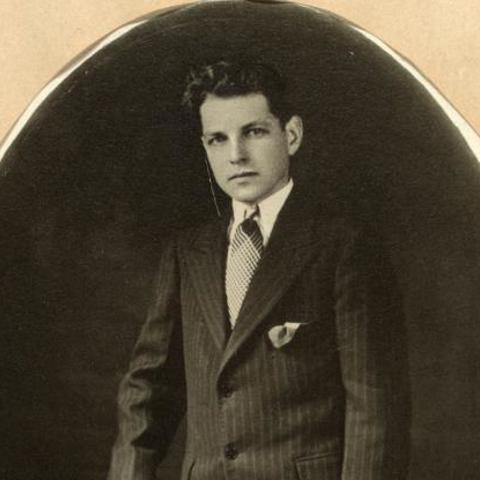
This week marks the centenary of the first insulin dose
Research breakthrough for people living with type 1 diabetes was 100 years ago.
On 11 January 1922, Leonard Thompson became the first person to be treated with insulin.
Leonard was aged 14 and had been living with type 1 diabetes for two and half years before being admitted to Toronto General Hospital. He was severely ill and weighted just 65 pounds.
Leonard was placed on a “starvation diet” by his doctors, which restricted him to just 450 calories a day.
The first dose of insulin administered to Leonard lowered his blood glucose levels by around a quarter and reduced the level of glucose in his urine.
However, due to impurities present in the insulin, an abscess developed around the injection site and Leonard’s ketone levels remained dangerously high.
Biochemistry professor James Collip continued his work on purifying the insulin and achieved success shortly thereafter.
On 23rd January, Leonard received his second dose of insulin.
Within 24 hours, his blood glucose levels dropped by around 77% and his physical appearance improved remarkedly.
Just three months later, he “looked better” and “felt stronger” and was discharged from hospital.
Discovery
Leonard Thompson’s treatment as the first human to be treated with insulin followed the ground-breaking discovery of insulin the previous year.
In November 1920, Canadian surgeon Frederick Banting began exploring how insulin could be extracted from islet cells in the pancreas.
He started working at the University of Toronto, with support from Professor J. J. R. Macleod, a physiology professor and global expert in diabetes.
Macleod provided Banting with a laboratory and assigned Charles Best, a promising research student, to assist Banting with his experiments.
In May 1921, Banting and Best began removing the pancreas from research dogs and performed pancreatic duct ligation to separate insulin-producing cells from the rest of the pancreas.
By November, they successfully extracted insulin from the pancreas and successfully treated a dog with diabetes for 70 days.
The promising results allowed for human trials to be considered for the first time. Biochemistry professor James Collip was introduced to purify the insulin, allowing it to be safely administered to people with diabetes.
The discovery remains one of the most important medical breakthroughs in history. To this day, millions of people still rely on insulin. It ignited a century of development in diabetes care and has undoubtedly saved millions of lives.
At DRWF, we think it is time for the next big breakthrough; our ultimate goal is to find a cure for diabetes. In pursuit of this, we fund some of the best and brightest diabetes researchers in the UK and around the world, whose work improves our understanding of diabetes; explores new treatments; develops self-management strategies; and seeks out potential cure pathways.
The dedication and commitment of our diabetes research community is second to none.
Through our awareness raising, information resources and educational support programmes, we enable people with all types of diabetes to learn more about their condition, providing the tools to motivate, empower and engage in a pro-active approach to good self-care.
Every day, we do our utmost to ensure that people living with diabetes are ‘staying well until a cure is found…’
Read more about 100 years of insulin
Support DRWF by making a donation here
Find out more about DRWF-funded research here
Find out more about DRWF fundraising here
For latest update follow DRWF on Facebook, Instagram and Twitter
To receive the charity’s latest bulletins as they become available, please sign up here
Read DRWF diabetes information leaflets here
Join the Diabetes Wellness Network here
Recent News


